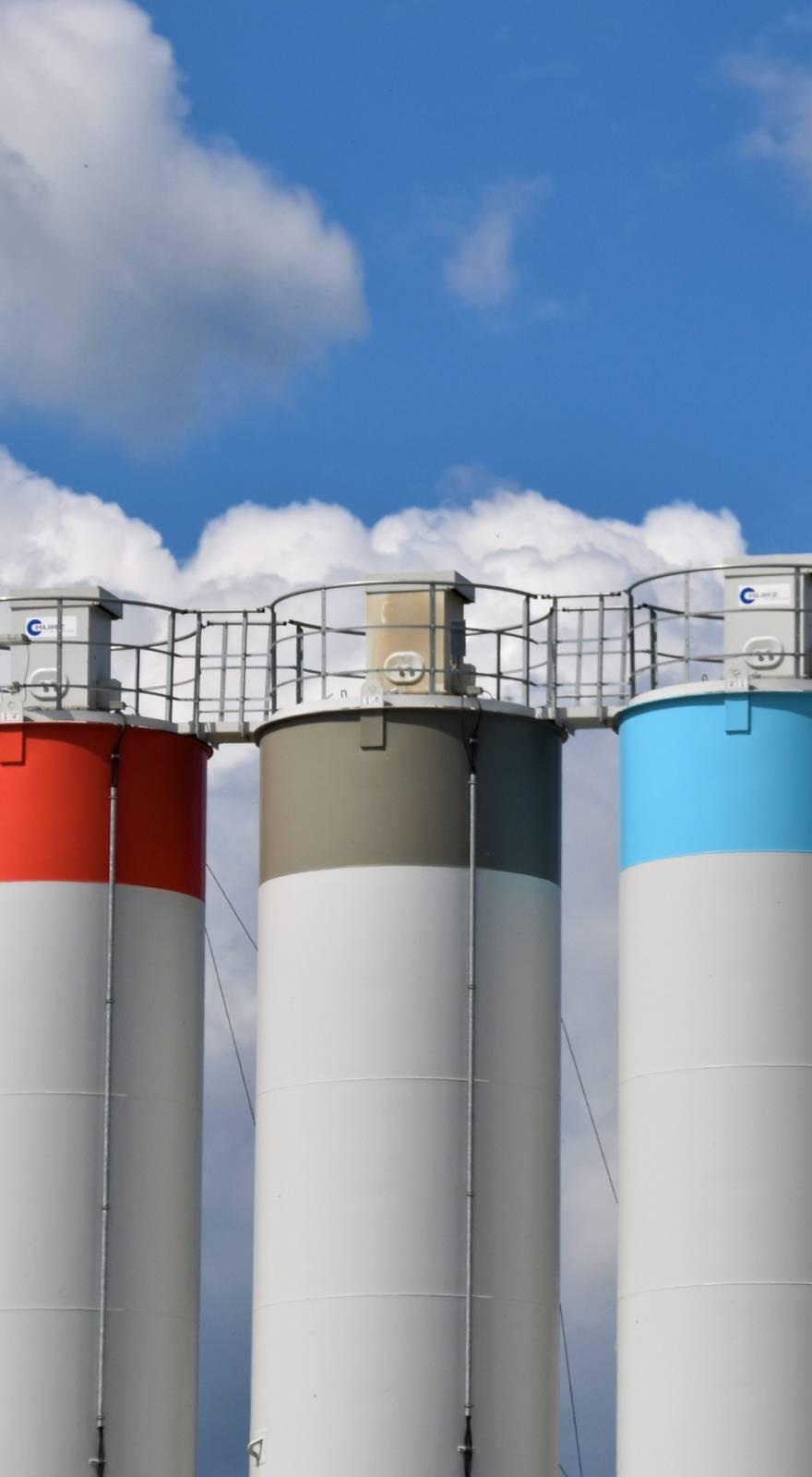Knowde Enhanced TDS
Identification & Functionality
- Chemical Family
- Polymer Name
- Technologies
- Product Families
Features & Benefits
- Materials Features
- KEY FEATURES
• ESD-safe
• Solvent resistance
• Good temperature resistance
• Higher strength than PCTG, ABS, and Nylons
Applications & Uses
- Plastics & Elastomers End Uses
- APPLICATIONS INCLUDE
• Assembly aids for electronics
• ESD-safe fixtures
• ESD-safe electrical housings
• Part trays for electronics manufacturing
Properties
- Physical Form
- Material Specific Properties
| Value | Units | Test Method / Conditions | |
| Specific Gravity | 1.2 | g/cm3 | ISO 1183 |
Technical Details & Test Data
- MECHANICAL PROPERTIES
Metric Test Method Print Orientation XY 45/45 YX ZX Ultimate Tensile Strength, MPa ISO 527-2 72.8 (0.4) 63.3 (4.6) 63.1 (1.6) 56.7 (1.1) Tensile Modulus, GPa ISO 527-2 3.45 (0.44) 3.49 (0.13) 3.23 (0.14) 2.86 (0.03) Strain at Break, % ISO 527-2 120 (25) 2.3 (0.3) 4.1 (0.1) 3.1 (0.5) Flexural Strength, MPa ISO 178 134 (2) 121 (3) 90.0 (6.6) 97.6 (0.8) Flexural Modulus, GPa ISO 178 3.73 (0.24) 2.93 (0.03) 2.77 (0.19) 2.29 (0.13) Izod Impact Strength, Notched kJ/m2 ISO 180 3.6 (0.5) 3.8 (0.8) 4.6 (0.4) 3.4 (0.5)
Storage & Handling
- MATERIAL HANDLING AND DRYING
Essentium HTN-Z is a slightly hygroscopic thermoplastic and will absorb moisture from humid air. Keep the material in the vacuum sealed packaging until you are ready to print with it. HTN filament should always be fed to the printer in a dry container and stored in a dry cabinet. If the material does absorb more than 400ppm moisture, it should be dried in a low dew point (< -40˚C) oven or vacuum oven at 130˚C for 6 – 8 hours.
RECOMMENDED HSE PRINT SETTINGS
0.4mm Hozzle
Extrusion Width, mm 0.35 – 0.5 Layer Height, mm 0.15 –0.25 Print Speed, mm/s 50 – 500 Infill, % 15 – 75 Hozzle Temperature, ˚C 260 – 420 Bed Temperature, ˚C 70 – 80 IR Temperature, ˚C 20 – 40 Fan Speed, % 10 – 30 0.8mm Hozzle
Extrusion Width, mm 0.75 – 0.9 Layer Height, mm 0.3 –0.35 Print Speed, mm/s 10 – 160 Infill, % 15 – 75 Hozzle Temperature, ˚C 270 – 460 Bed Temperature, ˚C 70 – 80 IR Temperature, ˚C 20 – 40 Fan Speed, % 10 – 30 RECOMMENDED FDM PRINT SETTINGS
Nozzle Temperature, ºC 270 – 290 Bed Temperature, ºC 70 – 80 Print Speed, mm/s 20 – 60 First Layer Speed, mm/s 15 – 20 Fan Speed, % 0 – 20 Bed Material G-10/FR4 or Glass Bed Adhesion Method Magigoo® PA or PVA glue Infill Density, % <75







